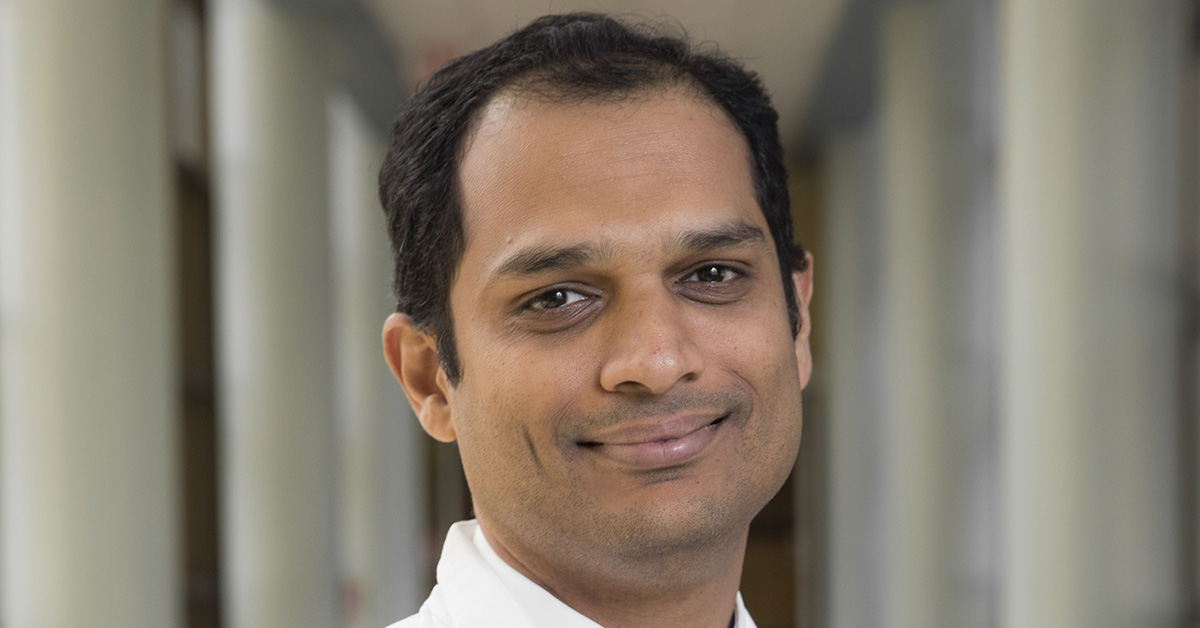
This holiday season as you get ready for an abundance of treats and goodies, chances are doctors will be getting ready to enable someone’s stomach into working normally again. And the best thing is once it is done, the patient will be able to enjoy all those treats once again.
Gastroparesis, which literally means “stomach paralysis,” is a condition where the stomach fails to empty at a normal rate. This disease affects about 4,000 new patients in the U.S. every year and is four times more common in women than men. Diabetes is the most common risk factor. Since there are a large number of people with diabetes in our region, a significant number of patients suffer stomach problems for years before they are diagnosed correctly, often undergoing multiple tests before gastroparesis is even suspected as a cause of their vomiting. Since this not a common condition, it is often missed in early stages. Diagnosis can be confirmed by a special scan called the Gastric Emptying Study, which involves having the patient eat a meal and then scanning the stomach at regular intervals to watch the food move through the stomach.
Diabetes is the leading cause of this problem and chances of developing gastroparesis increases with the duration of diabetes. High blood glucose levels in diabetics can damage the nerve’s supply to the stomach leading to stomach paralysis (gastroparesis). For those affected by this disease, food just sits in the stomach for hours and sometimes even days without moving down the intestine. As a result, patients may experience fullness after eating, loss of appetite, early satiety, nausea and vomiting. However vomiting is the most defining symptom of this disease, so much so that it becomes a way of life. Patients vomit many times a day and it typically consists of food eaten days before. In severe cases, patients may even experience bad breath, loss of weight and severe malnutrition.
Treatment for gastroparesis consists of dietary changes, medications and surgery. Normally, a low-fiber, low-fat diet is recommended. Medications also are used to control nausea and vomiting. However, in the situations where nothing is working, a gastric pacemaker is a safe and effective option. You may have heard about cardiologists implanting a pacemaker in the heart to help it beat at a normal pace. A similar procedure is available to help a patient’s stomach empty quicker.
This procedure is not widely available, yet, many patients have benefited from gastric implantation since the Gastric Stimulator Program started in 2005 at the Texas Tech University Health Sciences Center. Only about 200 hospitals across the U.S. offer this procedure. At present, Texas Tech University Health Sciences Center is the only center offering this procedure in Lubbock and surrounding areas.
Gastric pacemakers are FDA-approved devices used to treat the symptoms of gastroparesis. A surgeon with special training implants the pacemaker laparoscopically through small incisions on the abdomen. The battery-powered neurostimulator consists of a battery pack and a pair of leads. Leads are first implanted in to the stomach. The other ends of these two leads are then connected to the battery, which is placed in a small pocket under the skin. This delivers high frequency/low energy electrical impulses to the stomach, which stimulate the stomach to contract at a normal rate. In other words, the stomach is tricked to think the nerves are working normally, and its time to get back to work. Since they are very low energy, and the patient cannot feel them, these electrical impulses are safe for the patient.
The FDA approved gastric pacemakers in 2003 and now most procedures are covered by insurance. Since its introduction, 16,000 devices have been implanted across the country. Its use has steadily grown and around 1,850 implants are performed annually across the U.S.
Patients consistently report an improved quality of life and reduction in frequency of vomiting within a few weeks of the procedure.
Vinay Goyal, M.D., is a surgeon at Texas Tech Physicians and an assistant professor for the Department of Surgery at Texas Tech University Health Sciences Center.
